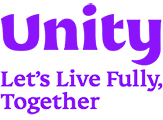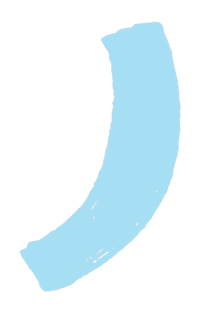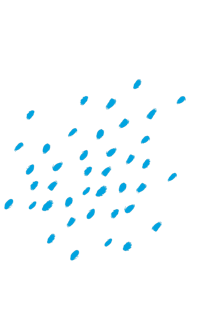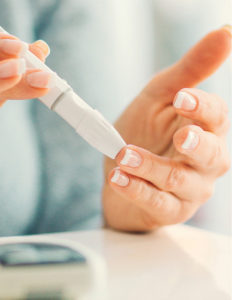What is Hypertension?
Hypertension is the medical term for high blood pressure. It occurs when the blood applies too much pressure against the walls of blood vessels; requiring the heart to work harder than normal to circulate blood through the blood vessels.
Know your blood pressure (BP)
You have hypertension if your systolic BP is 140mmHg or more, or your diastolic BP is 90mmHg or more, or both.
Blood Pressure | Systolic BP (mmHg) | Diastolic BP (mmHg) |
|---|---|---|
Normal | Less than 130 | Less than 80 |
Borderline | 130 -139 | 80 – 89 |
High | 140 or greater | 90 or greater |
Signs and Symptoms
People with high blood pressure may experience:
- Headaches
- Shortness of breath
- Giddiness
However, most people do not experience these signs and symptoms when the blood pressure is high. The occasional headache, shortness of breath or giddiness are sometimes brushed aside as minor ailments. This is why hypertension is called the ‘Silent Killer’.
Risk Factors
Certain risk factors increase the chance of developing hypertension:
- Increasing age
- Family history
- Obesity
- Sedentary lifestyle
- Smoking
- High alcohol consumption
- High salt diet
- Stress
- Chronic conditions e.g. diabetes and kidney disease
Long-term complications
Uncontrolled hypertension can increase the risk of hardening and narrowing of the arteries which can lead to the following complications:
- Coronary heart disease
A disease with a narrowing or blockage of the blood vessels that supply blood with nutrients and oxygen to the heart.
- Peripheral artery disease
A disease with a narrowing of the peripheral blood vessels in the legs, stomach, arm and head.
- Heart failure
A condition when the heart is unable to function sufficiently to pump out blood and keep up with the demands of the body.
- Kidney failure
A condition when the kidney function decreases due to a narrowing of blood vessels that deliver blood to the kidneys.
- Stroke
A condition when the blood vessels supplying blood to the brain are blocked or ruptured, leading to sudden death of brain cells due to lack of oxygen.
Self-Care Tips
With hypertension, some recommended lifestyle changes to help with blood pressure management include:
- Active lifestyle – exercise for at least 150 minutes a week
- Healthy diet – limit intake of salt and fat; and eat plenty of fruits and vegetables
- Quit smoking
- Limit alcohol consumption to no more than 2 standard drinks per day
- Follow up with your doctor for regular assessments
- Monitor your blood pressure regularly and aim to keep blood pressure levels within target range
Self-Monitoring of Blood Pressure
Checking your blood pressure at home is an important part of managing your hypertension. Home monitoring can help you monitor your blood pressure in a familiar setting.
- Help track your treatment
The simplest way to know if your lifestyle changes or medicines are working is to check your blood pressure regularly.
- Encourage better control
It can give you a stronger sense of responsibility and ownership for your health.
- Check if your blood pressure differs from the measurement at the doctor’s
Some people may experience sudden increase in blood pressure due to anxiety associated with seeing a doctor (white coat hypertension). Monitoring blood pressure at home can help determine if you have true high blood pressure.
There are various types of blood pressure monitors in the market, the most popular one being the automatic, cuff-style blood pressure monitor.
When you are performing self-monitoring of blood pressure, there are a few dos and don’ts.
Dos:
- Empty your bladder before taking measurements
- Sit with your back straight and supported, with feet flat on the floor
- Arm used for measurement should be supported on a flat surface, the cuff over the upper arm
- Make a record of all readings and show them to your doctor or pharmacist for a better understanding
Don’ts:
- Smoke, eat or drink caffeinated drinks or exercise 30 minutes before measuring your blood pressure
- Cross your legs while measuring your blood pressure
- Move or talk while measuring your blood pressure










